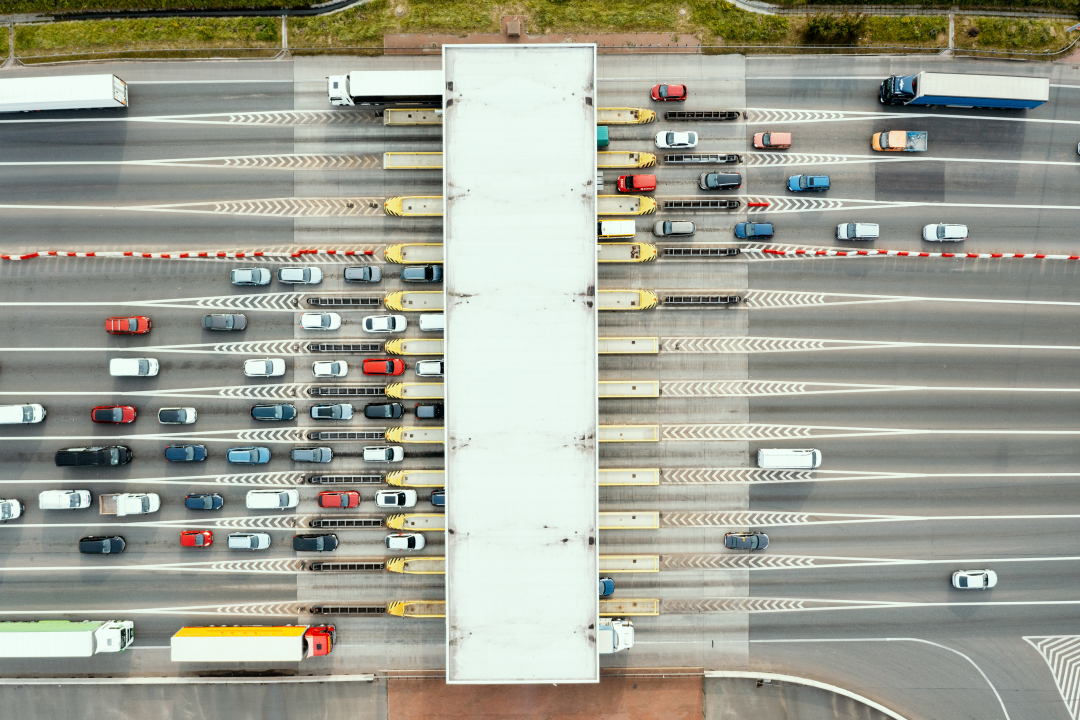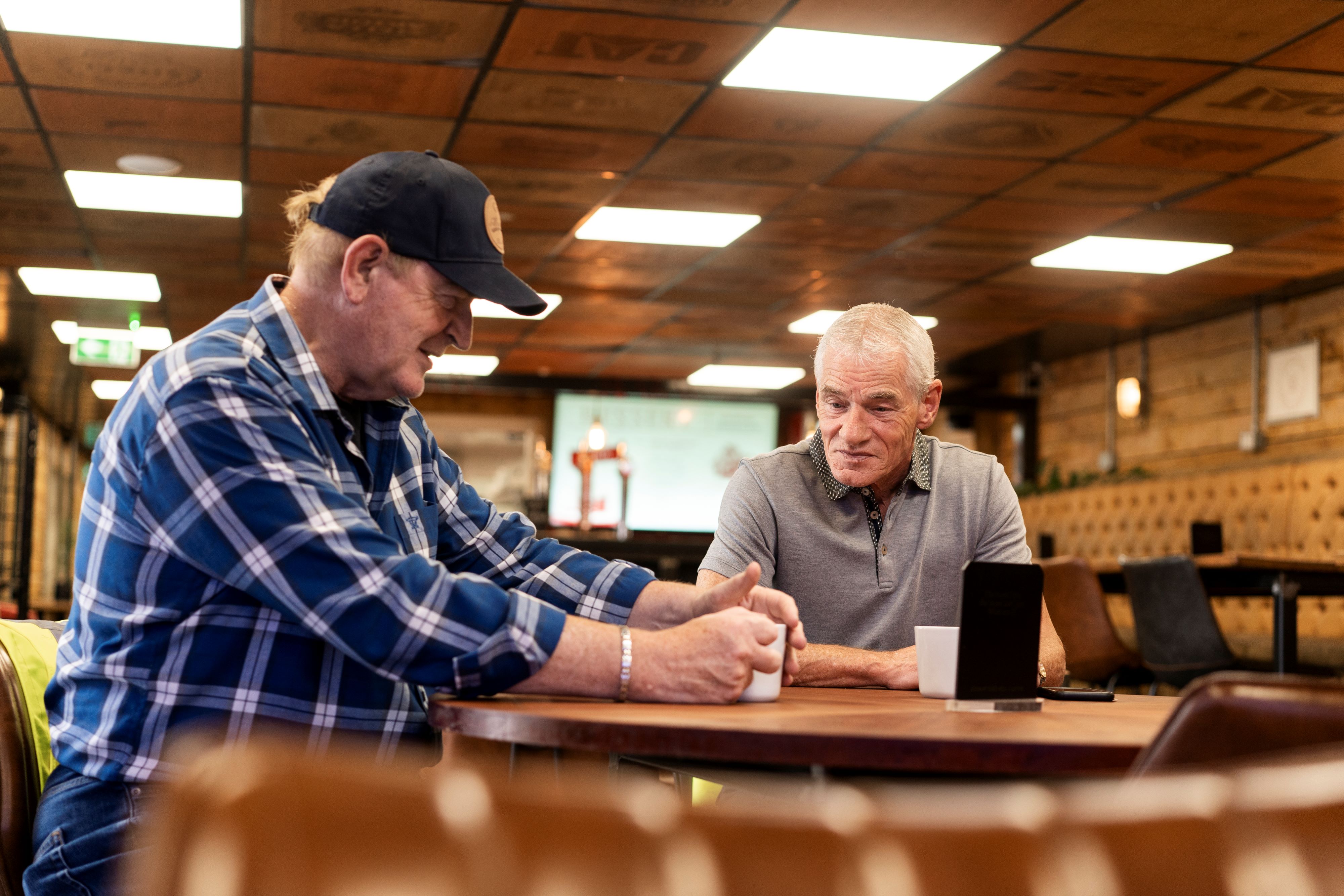
Guest
2025 m. Pirėnų pusiasalio užtemimo poveikis krovinių vežimui keliais
Sukurta: 04-06-2025
•
Atnaujinta: 04-06-2025
2025 m. balandžio 28 d. Pirėnų pusiasalį apėmė plataus masto elektros energijos tiekimo sutrikimas, dėl kurio milijonai Ispanijos ir Portugalijos namų ūkių, įmonių ir viešųjų paslaugų neturėjo elektros energijos. 12.33 val. vietos laiku prasidėjęs Ispanijos ir Portugalijos elektros energijos tiekimo sutrikimas paveikė didžiuosius miestus, įskaitant Madridą, Barseloną, Lisaboną ir Portą, taip pat didelę dalį aplinkinių regionų. Kai kuriose vietovėse elektros tiekimas atsistatė per 4-6 valandas, kitose elektros energijos tiekimas sutriko iki kitos dienos ryto.
Nors tiksli priežastis vis dar tiriama, pirminiais duomenimis, dėl gedimo tarpvalstybiniame perdavimo tinkle sutriko elektros srautas abiejų šalių tinkluose. Poveikis buvo greitas ir plataus masto: buvo sustabdytas traukinių eismas, nutrauktas lėktuvų skrydis, paveiktos ligoninės ir viešosios paslaugos, paralyžiuota skaitmeninė infrastruktūra. Transporto ir logistikos sektoriui tai buvo tiesioginis iššūkis, palietęs visus kelių transporto veiklos aspektus - nuo krovinių ir degalų tiekimo iki eismo kontrolės ir vairuotojų gerovės.
"Kai nutrūksta elektros tiekimas, nutrūksta ir daugelis sistemų, nuo kurių priklausome, kad keliai būtų saugūs, - nuo šviesoforų ir ženklų iki ryšių", - sako Raquel Martinez, SNAP Europos pardavimų vadybininkė. "2025 m. elektros energijos tiekimo sutrikimas ir vairuotojams, ir automobilių parkų operatoriams parodė, kaip greitai įprastos kelionės gali tapti rizikingos ir kaip svarbu žinoti, kur vairuotojai gali sustoti, kad užtikrintų savo ir savo krovinių saugumą."
Krovinių vėlavimai
Transporto įmonėms pirmoji ir aktualiausia problema buvo krovinių vežimo sustabdymas. Visame Pirėnų pusiasalyje sulėtėjo arba visiškai sustojo sandėlių, krovinių realizavimo centrų ir kryžminio krovimo mazgų veikla. Tarptautinis krovinių judėjimas taip pat buvo paveiktas, sunkvežimiai buvo sulaikyti pasienyje, nes valdžios institucijos stengėsi atkurti pagrindinę eismo kontrolę ir užtikrinti kelių eismo saugumą.
Sustojus krovinių vežimui geležinkeliais, kai kurie operatoriai bandė perkelti krovinius į kelių tinklą, tačiau tai turėjo savų apribojimų. Dėl perpildytų kelių, neveikiančių eismo sistemų ir nevienodų degalų tiekimo galimybių kelių transportas negalėjo patenkinti paklausos. Prireikė keleto dienų, kad būtų pašalintas atsilikimas ir atkurtas tiekimo grandinės patikimumas.

Rinkliavos, eismo ir technologijų klaidos
Pirėnų pusiasalyje nutrūkęs elektros energijos tiekimas taip pat atskleidė, kiek šiuolaikinė infrastruktūra priklauso nuo skaitmeninių sistemų. Didžiuosiuose miestuose užgeso šviesoforai, todėl susidarė spūstys ir padidėjo avarijų rizika. Sugedo elektroniniai ženklai, greitkelių jutikliai ir išmaniosios maršrutų nustatymo sistemos, todėl vairuotojai negalėjo naudotis realiuoju laiku teikiamomis nuorodomis ir naujausia informacija.
Panašiai nukentėjo ir rinkliavų kabinos. Neveikiant automatiniams užtvarams ir elektroninėms mokėjimo sistemoms, kai kuriose vietose darbuotojai turėjo rankomis pakelti vartus arba rinkti grynuosius pinigus. Dėl to vėlavo pagrindiniai maršrutai, rinkliavų operatoriai prarado pajamas ir susirūpino dėl sistemos vientisumo, kai buvo atkurtas elektros tiekimas.
Kuro trūkumas
Vienas ryškiausių ženklų, rodančių sektoriaus priklausomybę nuo elektros energijos, buvo degalų kolonėlės. Nutrūkus elektros energijos tiekimui, degalinės visoje Ispanijoje ir Portugalijoje buvo priverstos užsidaryti. Siurbliai ir mokėjimo sistemos nustojo veikti, todėl klientus aptarnauti galėjo tik kelios degalinės su avariniais generatoriais. Jie greitai buvo perpildyti, todėl susidarė ilgos eilės ir daugeliu atvejų vairuotojai liko be degalų.
Sutrikimai taip pat išsiplėtė aukštyn, nes uostų įrenginiai ir degalų paskirstymo tinklai negalėjo veikti įprastu pajėgumu, dėl to degalai vėlavo gabenti į vidaus rajonus ir dar labiau padidėjo tiekimo problemos.
Elektromobiliai ir įkrovimo infrastruktūra
Elektromobilių operatoriams šis gedimas tapo ypatingu iššūkiu. Visoje Ispanijoje ir Portugalijoje neveikė elektromobilių įkrovimo sistema, todėl elektromobiliai buvo netinkami naudoti, nebent jie jau buvo pakankamai įkrauti maršrutui įveikti. Neturint galimybės įkrauti, kai kurie pristatymai buvo sustabdyti, o elektrinės transporto priemonės laikinai išvažiavo iš kelių.
Logistikos įmonėms, svarstančioms galimybę pereiti prie elektrinių transporto priemonių, elektros energijos tiekimo nutraukimas Pirėnų pusiasalyje parodė nenumatytų atvejų planavimo ir atsarginės infrastruktūros svarbą, kad būtų galima išlaikyti veiklą sutrikus tinklo darbui.

Vairuotojo gerovė
Bene daugiausia rūpesčių kelia vairuotojų gerovė. Poilsio aikštelės ir degalinės buvo paskendusios tamsoje - daugelyje jų nebuvo apšvietimo, šildymo, karšto maisto ar veikiančių tualetų. Kai kurie vairuotojai per priverstinius vėlavimus neturėjo saugios vietos pailsėti.
Kita svarbi problema buvo bendravimas. Sutrikus mobiliojo ryšio tinklams, vairuotojai sunkiai galėjo susisiekti su depais, prašyti pagalbos ar gauti naujausią informaciją apie eismą. Daugeliui vienintelis patikimas informacijos šaltinis buvo vietinis radijas. Ši situacija priminė, kaip gali nukentėti pramonė, kai sutrinka kritinė infrastruktūra.
Pamokos ateičiai
Nors Ispanijos ir Portugalijos elektros energijos tiekimo nutraukimas daugelyje vietų truko mažiau nei 24 valandas, kelių transporto ir krovinių vežimo sutrikimai buvo dideli. Elektros energijos tiekimo nutraukimo poveikis logistikai apėmė visas sritis - nuo degalų tiekimo ir infrastruktūros atsparumo iki pasirengimo ekstremalioms situacijoms ir vairuotojų gerovės. Tačiau tai taip pat paskatino atnaujinti diskusijas apie tai, kaip transporto parko operatoriai gali pagerinti verslo tęstinumą ir apsaugoti savo darbuotojus panašių įvykių atveju.
Svarbus pirmas žingsnis - parengti ir išbandyti patikimą veiklos tęstinumo planą. Jis turėtų apimti ryšių protokolus, prieigą prie degalų, maršrutų pasirinkimo alternatyvas ir transporto priemonių išdėstymą. Jei įmanoma, reikėtų iš anksto nustatyti alternatyvius tvarkaraščius ir pristatymo partnerius, ypač kai kroviniai yra jautrūs laikui arba svarbūs.
Tokiose situacijose labai svarbu palaikyti vairuotojų gerovę. Avariniai rinkiniai, kuriuose yra užkandžių, vandens, žibintuvėlių, maitinimo elementų ir šviesą atspindinčių drabužių, gali suteikti nuraminimą ir praktinę pagalbą.
"Vežėjai taip pat gali norėti peržiūrėti depų infrastruktūrą, kad užtikrintų vairuotojams saugias poilsio vietas, ypač ilgesnio vėlavimo metu", - sako Raquel. "Žinodami, kad regione yra sunkvežimių sustojimo vietų tinklas, pavyzdžiui, mūsų partnerių tinklas, galite būti tikri, kad yra kur sustoti, kol bus atnaujintas elektros tiekimas.
"Tokio masto elektros energijos tiekimo sutrikimai gali būti reti, tačiau rizika yra reali. Vežėjai turi apsvarstyti, kaip padidinti atsparumą ir prisitaikyti prie situacijų, kad galėtų toliau judėti - nuo prieigos prie degalų užtikrinimo iki pakartotinio maršruto planavimo ir poilsio užtikrinimo ekstremalių situacijų metu."
SNAP mobilumo paslaugos Ispanijoje
Turime platų sunkvežimių stotelių ir aptarnavimo vietų tinklą visoje Ispanijoje ir Europoje. [Apsilankykite mūsų interaktyviame žemėlapyje, kad pamatytumėte, kur šiandien galite rasti mūsų partnerius] (https://snapacc.com/map/spain/).



